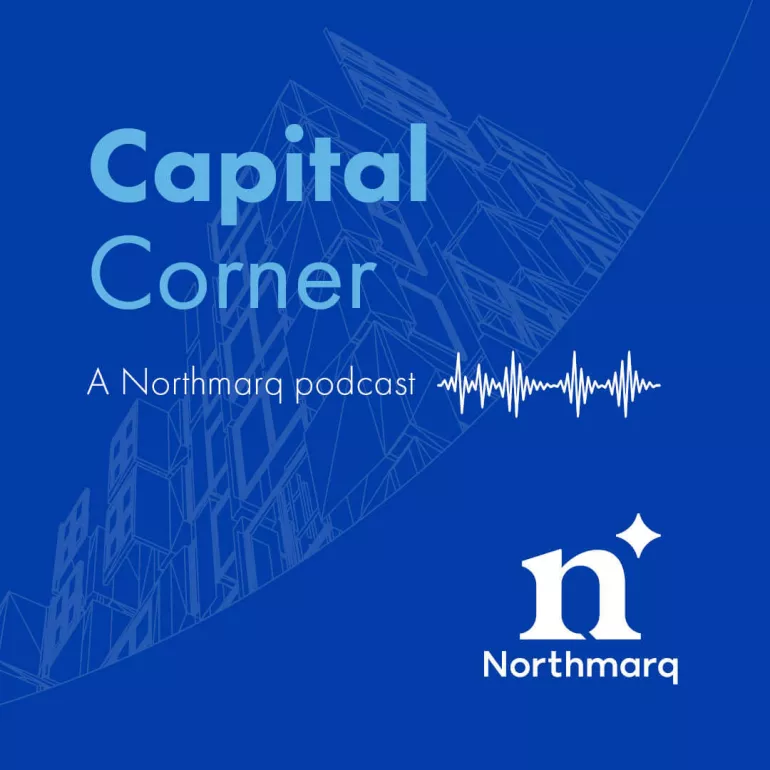Capital Corner: Getting ready for 2022: What to expect from the GSEs
Record demand continues in the white-hot multifamily market, and lenders are aggressively seeking to originate multifamily loans.
With pandemic-related restrictions being lifted, the GSEs are lending in full force for multifamily, particularly for affordable housing and energy or water efficiency retrofits to properties.
Following a strong 2021, we expect increased loan production in 2022, more loans with affordable and green elements, and additional access to loan programs for smaller lenders.
FHFA increases caps, remains focused on mission-driven
Fannie Mae and Freddie Mac will each have a cap of $78 billion in 2022, an increase from $70 billion in 2021. Half of the GSE’s production must still be “mission-driven” loans on properties serving low- and middle-income tenants or for green improvements. One change, however, is now 25 percent of the GSA’s multifamily business must be rented to tenants earning 60 percent or less of the area median income (AMI), a 5 percent increase from 2021.
“The FHFA continues to push the affordability side of Freddie and Fannie for renters who need assistance,” says Sharon Plattner, senior vice president at NorthMarq and Freddie Mac expert. “They also added back their cost-burdened market determinations, which will help coastal communities receive affordability credits in their spreads.”
How this translates into 2022, Plattner says, is “Freddie stays very loyal to its repeat borrowers. So, when their cap gets compressed, they tend to leave a little more in the tank for those repeat borrowers. However, with the expansion of that cap, first-time Freddie Mac borrowers or smaller mom-and-pop shops will have better access to the Freddie programs going forward.”
A return to normalcy
For Fannie, a “return to normalcy was the single biggest change this year,” says Jeff Dannes, vice president/production manager at NorthMarq and Fannie Mae expert. “Peeling back things like COVID escrows was huge. Also important was Fannie responding to the market, identifying where demand is and making tweaks to the product to address that.”
Fannie also made modifications for additional flexibility regarding interest only to its floating rate products.
“Those were pain points for Fannie even prior to the pandemic, so to see them come out of the COVID downturn really aggressively pursuing what the market was demanding was really encouraging. I think we can expect more of that in 2022,” says Dannes.
FHA/HUD still facing long processing queues
“The biggest change for FHA in 2021 was the implementation of the loan processing queue,” says David Schmidt, FHA production manager for NorthMarq. “It was based on the unprecedented volume that HUD is facing and the lack of additional staffing. Those two things created a backlog of deals, so they had to implement the queue. The highest priority at HUD right now is increasing staffing.”
The queue means managing expectations of borrowers, Schmidt explains. “The biggest priority is making sure borrowers really understand the nature of the queue and where they fit. There are deal-specific characteristics that can put you in the front of the queue.”
Like Freddie/Fannie, affordability and green are significant aspects of FHA loan programs.
Additionally, Schmidt notes that HUD eliminated its three-year rule allowing for refinances of new multifamily construction and substantial rehabs.
“That’s probably been the biggest driver of FHA volume for the last 12 months,” Schmidt says.
Other changes underway for FHA in 2022 include eliminating the requirements for COVID reserves and loosening how it handles cash distributions within a mortgage. Plans call for allowing cash distribution to partners monthly vs. a maximum of twice per year.
“That's very welcome news to borrowers,” Schmidt says.
Insights
Research to help you make knowledgeable investment decisions
